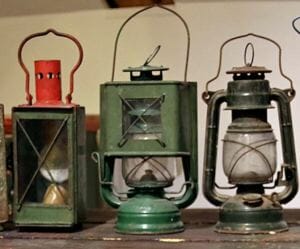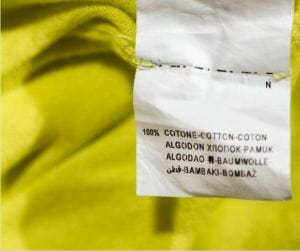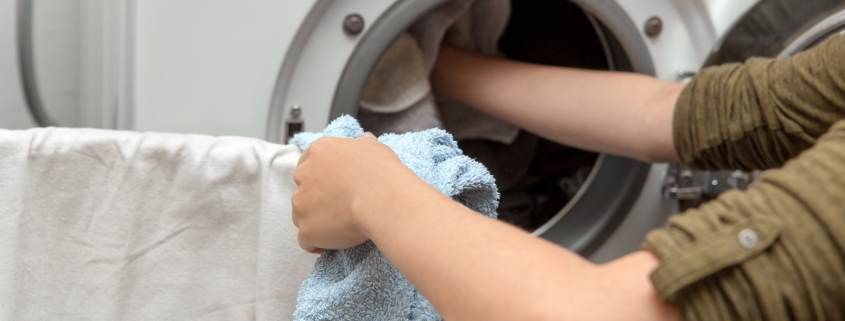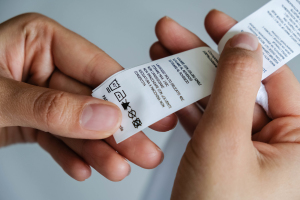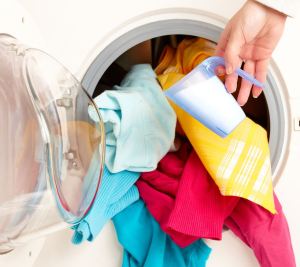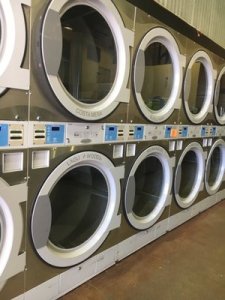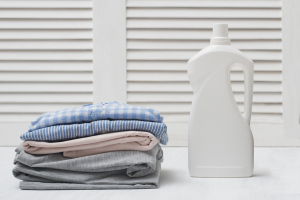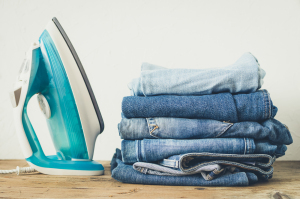What Can You Take To The Dry Cleaning Service?
The dry cleaning process implies cleaning clothes or fabrics by using a liquid solvent that contains little or no water. Water is the only thing that separates laundry cleaning from dry cleaning. While dry cleaning the surface of fabrics, it does not perforate the fibers like water does in a washing machine.
History of Dry Cleaning
Just a little trip back to history, dry cleaning came about by accident in 1855. a French dye-works owner detected that his table cloth became cleaner after his maid accidentally spilled a kerosene lamp on it. The accident made the dye-works owner offer a new service and called it “Dry Cleaning.”
This is one reason why dry cleaners in ancient times used a variety of solvents including gasoline and kerosene to clean clothes and fabrics. After World War II, the volatile synthetic solvents carbon tetrachloride and trichloroethylene gave way to a product known as perchloroethylene (perc), which became the overwhelming solvent choice for the dry cleaning industry. It did a much better cleaning even if it was not safer and faster. It required less massive equipment, less floor space, and could be installed in retail locations offering excellent quality one-hour service.
Just a bit of friendly advice before dry cleaning, you have to carefully look at the laundry label tags of each fabric that says “Dry Clean Only” for you to know if they are safe to be dry cleaned.
A care label that says “dry clean” means that dry cleaning is recommended and you might be able to wash the garment at home. Before you wash the item:
- Check that the fabric is colorfast.
- Dab a little water on an inconspicuous spot.
- If any dye comes off, take it to be dry-cleaned
Lucy’s Laundry and Dry Cleaning aims to help make your laundry life a bit easier, here is our compiled list of fabrics that should always be taken to the dry cleaners.
Fabrics that should go to dry cleaners:
- Fabrics with linen can be hand washed in cold and air dry but may require ironing. Linen is made from flax fibers and is known for being cool and fresh in hot weather. If washed incorrectly, it can lose its crispness and clean finishing. Dry cleaning is often best for linen clothing.
- Special garments made of taffeta, silk, wool, velvet, acetate, and fabric blends that include rayon, silk, and wool should be professionally dry-cleaned unless the care label says differently:
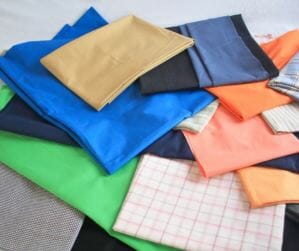
Rayon
- Rayon is semi-synthetic which makes it a tricky kind of fabric. It is made from purified cellulose fiber.
- It shrinks or loses its shape when washed in warm water. Dyes may bleed when washed.
- Hand washing in cold water with mild detergent is an option, but it is generally safer to dry clean this fabric.
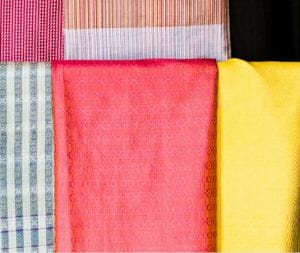
Silk
- Silk is known as a luxurious and durable fabric that has natural material.
- It takes proper care to keep it soft and silky. The dyes in silk tend to bleed and that is why it should be dry cleaned or hand washed in cold water.
- The use of mild detergent is highly recommended.
- Dry cleaning silk tends to be easier especially if it’s an article of clothing you really care about.
Wool
- Wool is a sturdy and durable fabric should be dry cleaned whenever possible.
- Handwash the wool fabric in cold water If a dry cleaning process is not possible.
- Avoid washing the wool fabric in any warm or hot water as it will shrink or lose its shape.
- Leather or suede garments should be dry-cleaned. Their special fibers, textures, and shapes do not fare well with at-home care.
Fabrics that should not go to dry cleaners:
Cotton
Most cotton clothing has been preshrunk, too, so drying in a machine is safe. You’ll want to machine wash cold or warm with similar colors.
Synthetic fabrics
Synthetic fabrics like polyester, nylon, spandex, acrylic, and acetate. These kinds of fabrics won’t shrink so it’s safe to wash in warm water. I suggest you still must handle it gently or low on drying because they can permanently wrinkle in a hot dryer. They also produce a lot of static in the dryer so use a dryer sheet or hang dry.
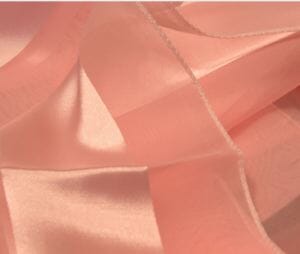
Clothing that is lined (such as jackets or coats), pleated skirts, and garments made of fabric that shrinks or is not colorfast should be professionally cleaned.
Benefits of Professional Cleaning
Dry cleaning doesn’t have to be a lot of work. That is where professional cleaning takes charge and will definitely save you from replacing quality items in your wardrobe. Garments sent to professional cleaners will help maintain the correct garment shape and fit.
Simply planning a scheduled time of the week or month that you can send off all the necessary items to be cleaned. This way will save you time and money.
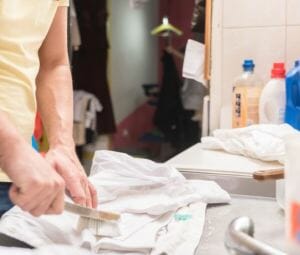
Don’t have time to make it to the laundry facility yourself?
Not a problem at all! Lucy’s Laundry and Dry Cleaning has a team of trained laundry experts who know how to handle with care every kind of garment.
We are the #1 laundry service for busy parents and professionals. We pick up, wash, dry, fold, and deliver all in 24 hours so you can get back to doing the things you love!


